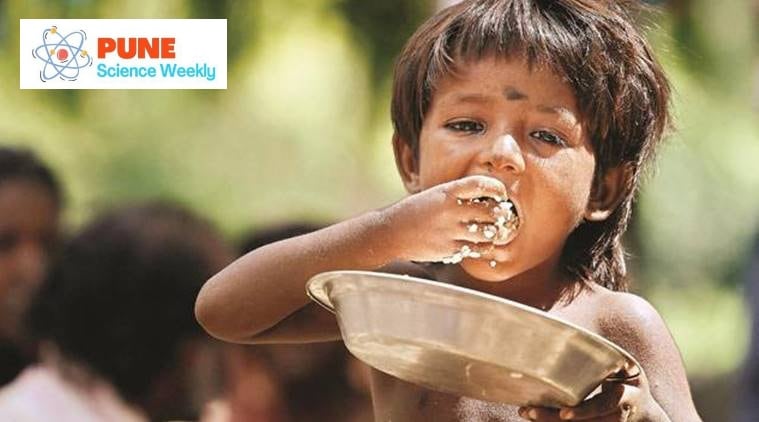 The present survey is a collaboration between Gokhale Institute of Politics and Economics (GIPE), Pune and the German researchers.
The present survey is a collaboration between Gokhale Institute of Politics and Economics (GIPE), Pune and the German researchers. The Covid-19 lockdown and economic slowdown hit the lowest income groups of Pune the hardest, even forcing them to cut their consumption of dal, meat and overall number of daily meals, a new study has found.
The survey was conducted by Food, Water and Energy for Urban Sustainable Environment (FUSE), a transdisciplinary research project involving Food-Water-Energy Nexus in Pune, India and Amman, Jordan. Under FUSE, researchers from India, Jordan, the US, Germany and Austria work on interdisciplinary and applied research to understand food-water-energy systems.
The present survey is a collaboration between Gokhale Institute of Politics and Economics (GIPE), Pune and the German researchers.
A total of 194 households in the Pune Municipal Corporation limits were surveyed to understand the effects of the Covid-19 pandemic and the resources and changes in the food, water and electricity consumption during July and August 2021. The families were categorised based on their annual incomes – less than Rs 50,000 , between Rs 50,000 and Rs 2 lakh, between Rs 2 lakh and Rs 4 lakh , between Rs 4 lakh and Rs 8 lakh, and above 8 lakh. The average family size in Pune was 4.22.
Subscriber Only Stories
With the Covid lockdowns resulting in job losses for migrants and those employed in small ventures, the subsequent economic slowdown hit the lowest income groups disproportionately. Nearly 92 households reported a drop in their monthly income and about 30 households among these reported that they earned half or less of their usual income. The salaried class, too, reported salary cuts and faced fears of job losses.
Due to this drop in income, a majority of households reported significant change in their food habits and number of meals consumed in a day, the study observed. “People’s purchasing power was significantly affected due to the absolute decrease in income and the rising food inflation,” the survey found.
While 76 per cent (147 households) used LPG for cooking, the workload on those involved in food preparation (51 per cent households) reportedly increased during the pandemic period. The increase in cooking time reported by 38 per cent (74 households) was due to family members staying indoors and having all meals at home, forced by the pandemic restrictions.
Some households reported to have reduced their fish, meat and egg consumption due to financial constraints brought in due to the economic slowdown. Consumption of dal, too, reduced during this period owing to the same reason and the monthly purchases reduced to half as compared to pre-pandemic purchases.
The least affected households were those with annual income above Rs 8 lakh, who reported no change in their income during the pandemic. Even in these homes, the time taken for cooking and consuming meals increased. Fifty-eight per cent (112 households) in this income bracket further reported an increase in the absolute food quantity consumed during the lockdown, with a significant increase in meat and eggs, the latter consciously consumed for increasing their protein intake, presumably to help build better immunity.
However, the consumption of vegetables and fruits largely remained unchanged across economic groups, even though the lowest income groups reported lesser fruit consumption during the lockdown.
“This represents the sad reality of how the pandemic disproportionately affected the poor more,” the study concluded.
Of the participants involved in the survey, about 21 households reported a drop in their family size either due to death or migration forced by the Covid-19 lockdown. On the other hand, about 9 households reported an increase in their family size – another factor which was considered in the study which attempted to understand the food, water and energy consumption during the pandemic and trace changes, if any.
While the average age of the family’s sole breadwinner was 48 years, nearly 29 per cent or 54 house heads (income generators) were women. They were mostly salaried (about 49 per cent) followed by self-employed (31.1 per cent). Others were either retired, employers, students, daily wagers or unemployed.
Unlike food, the electricity consumption during the lockdown period increased as the family members stayed put at home. Nearly 70 per cent (136 households) reportedly observed an increase in their power consumption while 30 per cent households said that their consumption had no change.
The use of vacuum cleaners, washing machines and fans also increased among households with about 50 homes reporting purchase of new laptops or personal computers during the lockdown.
- The Indian Express website has been rated GREEN for its credibility and trustworthiness by Newsguard, a global service that rates news sources for their journalistic standards.

